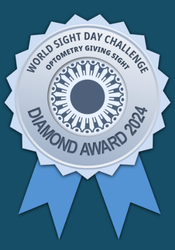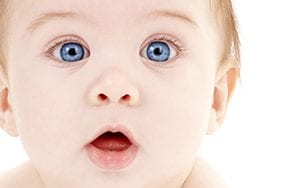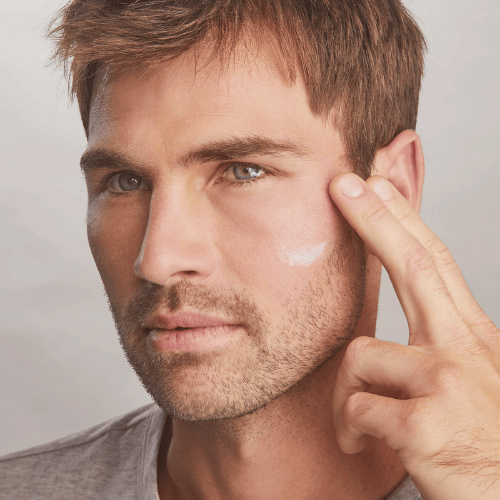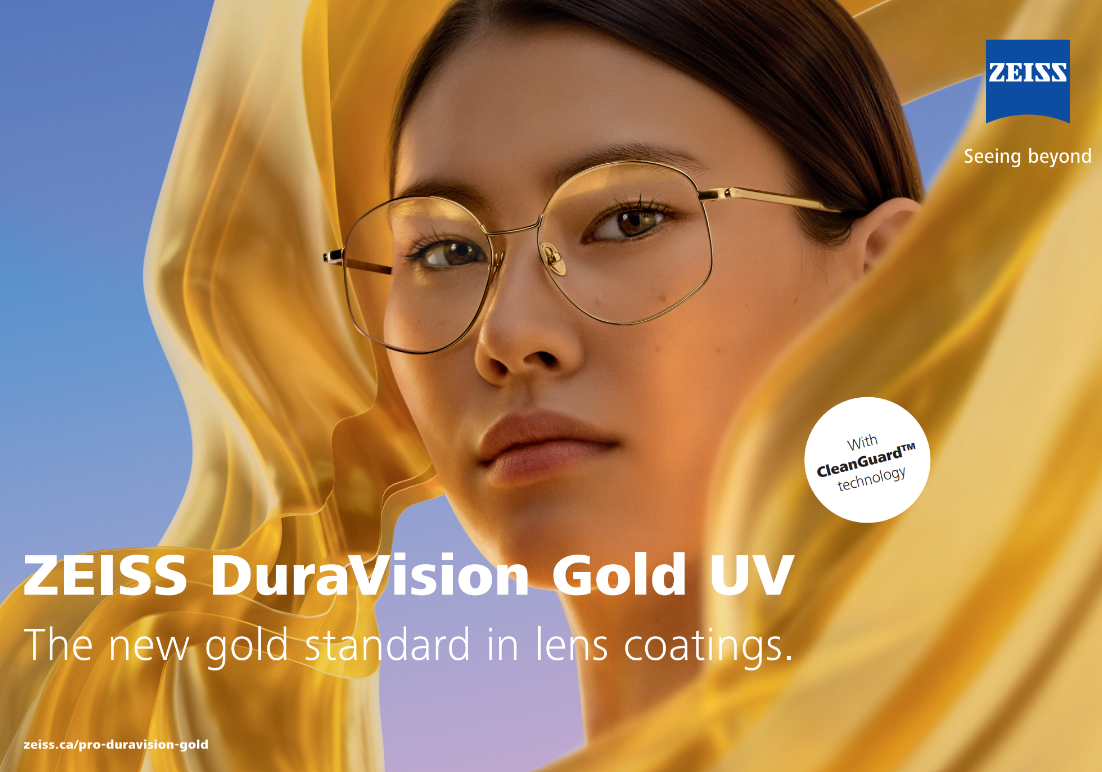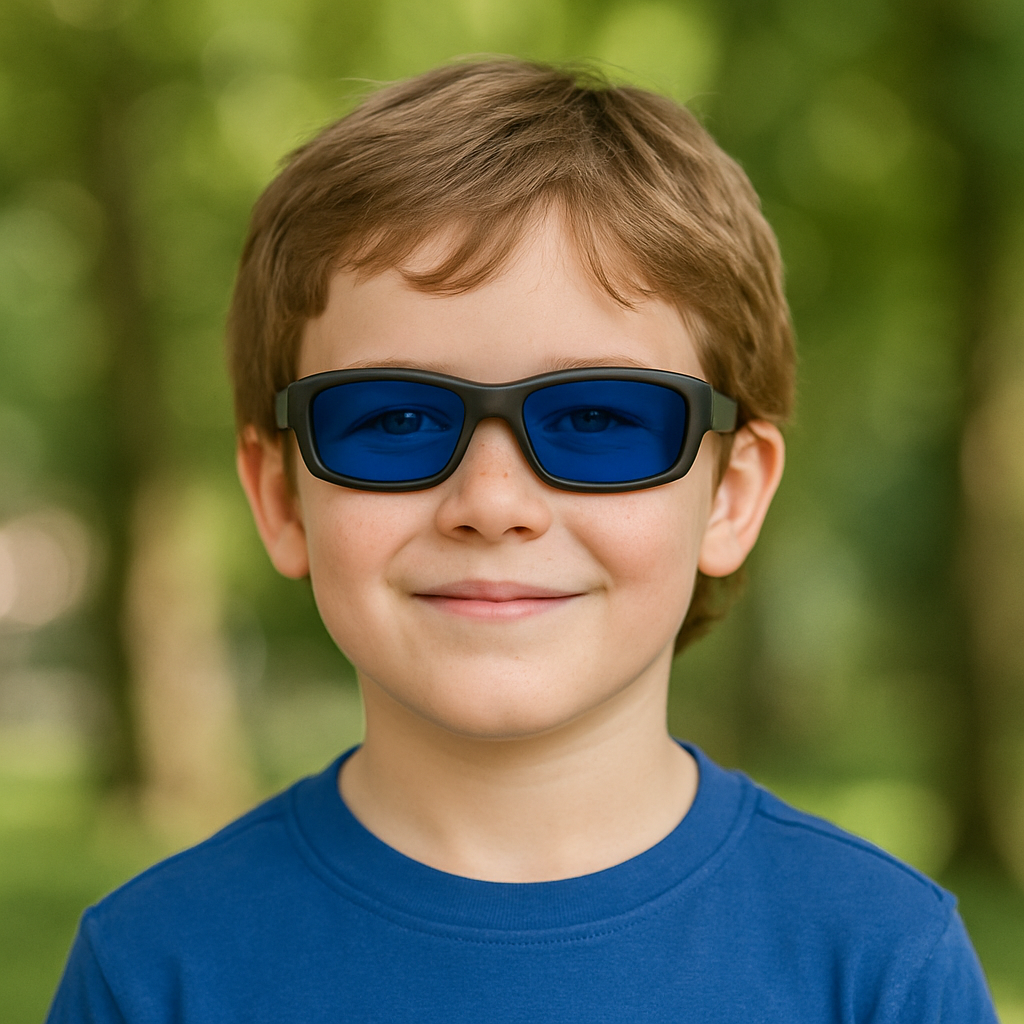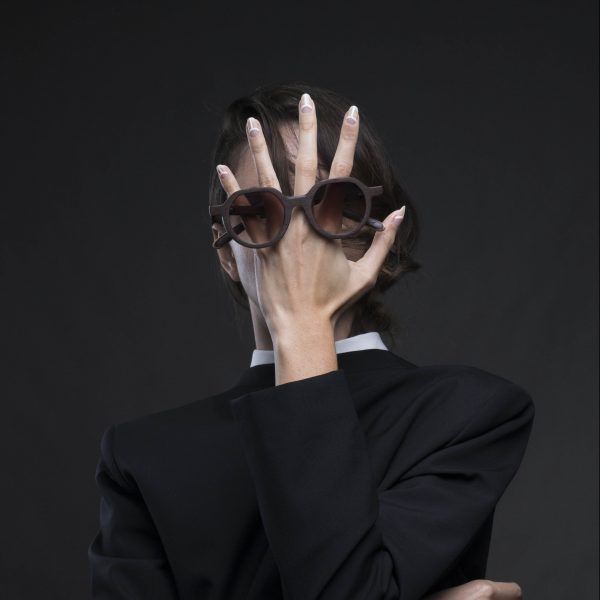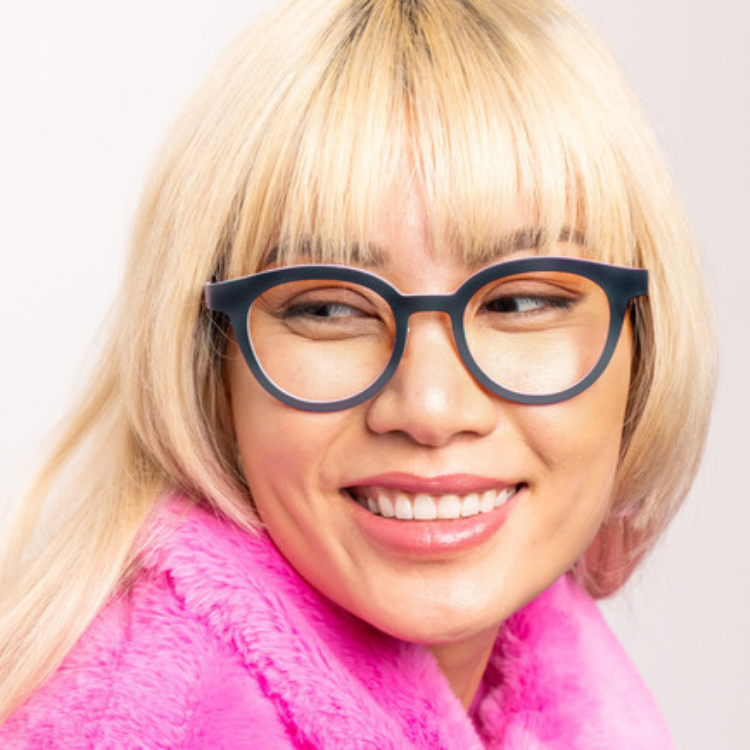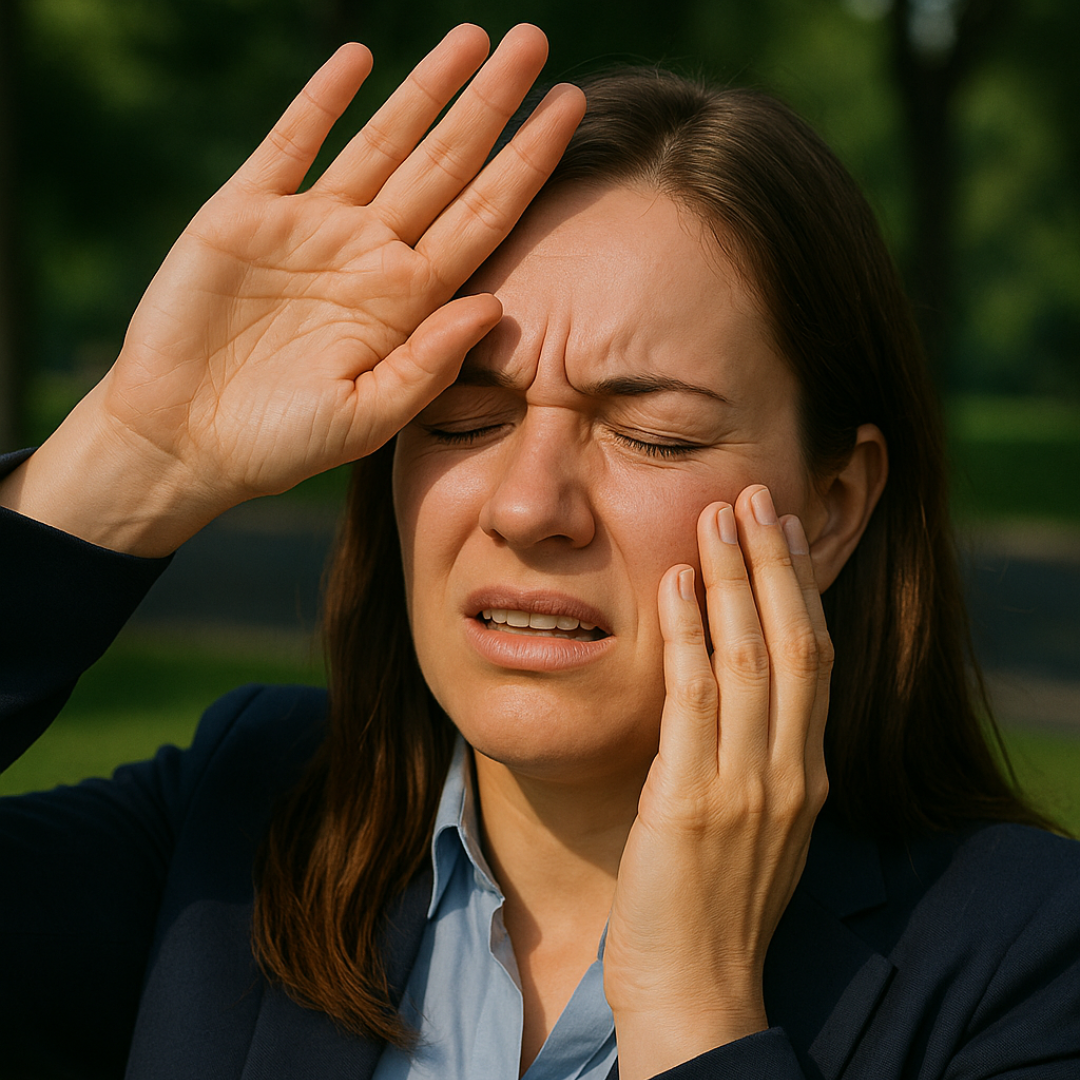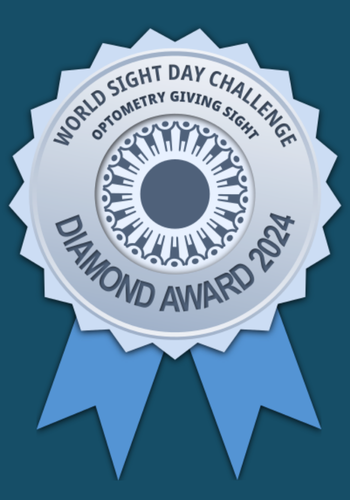Now that smartphones and digital cameras are in almost everyone’s pockets, the number of photos taken every day has increased exponentially since the days when we had to take our film to the photo shop. This convenience of having many ready-to-view photos available has enabled parents of infant children to help eye doctors diagnose eye problems early, and may even help greatly reduce the most serious consequences of a rare eye disease.
Baby Photos Can Help Detect Eye Problems Early
“My (son/daughter’s) eye looks funny in these photos” is not an uncommon thing to hear in our examination rooms. Here are some conditions seen in babies’ eyes that can be picked up by the use of digital photos:
Unequal pupil sizes : when one pupil looks larger or smaller than the other. Most commonly this is not a problem at all, but occasionally this may be a sign of Horner’s syndrome. Even if it is Horner’s syndrome, chances are there will be no significant complications, but there are some forms of Horner’s that can be more serious. If your baby photos seem to show unequal pupil sizes, come and see us so we can examine her eyes more thoroughly.
Lighter coloured pupil : when one pupil seems to be lighter in colour than the other. Normally both pupils will be black, or the pupils themselves may show a red/orange color in photos. A lighter coloured pupil may signify one of several things:
a) Your child may simply not be focusing on the camera . This may cause the “red reflex” to be slightly lighter in colour in one pupil vs. the other
b) Your child may have a crossed eye . Strabismus is a condition where the two eyes do not align properly. Strabismus may go away on its own in a few weeks or months, or may be a permanent issue requiring glasses or surgery later in life.
c) Rarely, a tumour of the retina known as retinoblastoma may be found in infant’s eyes. This tumour can be successfully treated if detected in time (Rare) retinoblastoma . Often, retinoblastoma is suspected when one pupil is actually white in colour. At least one scientist feels that more widespread use of digital photograph screening may one day eliminate deaths from retinoblastoma worldwide. 1
Alberta Health covers eye examinations for all children annually up to their 19 th birthday. We recommend a baby’s first eye exam between 6 and 12 months of age. If there are any concerns, bring your child in to see us as soon as possible.
- Review of Optometry, Dec. 15, 2013, News Review: “Baby Photos Can Detect Retinoblastoma Early”

